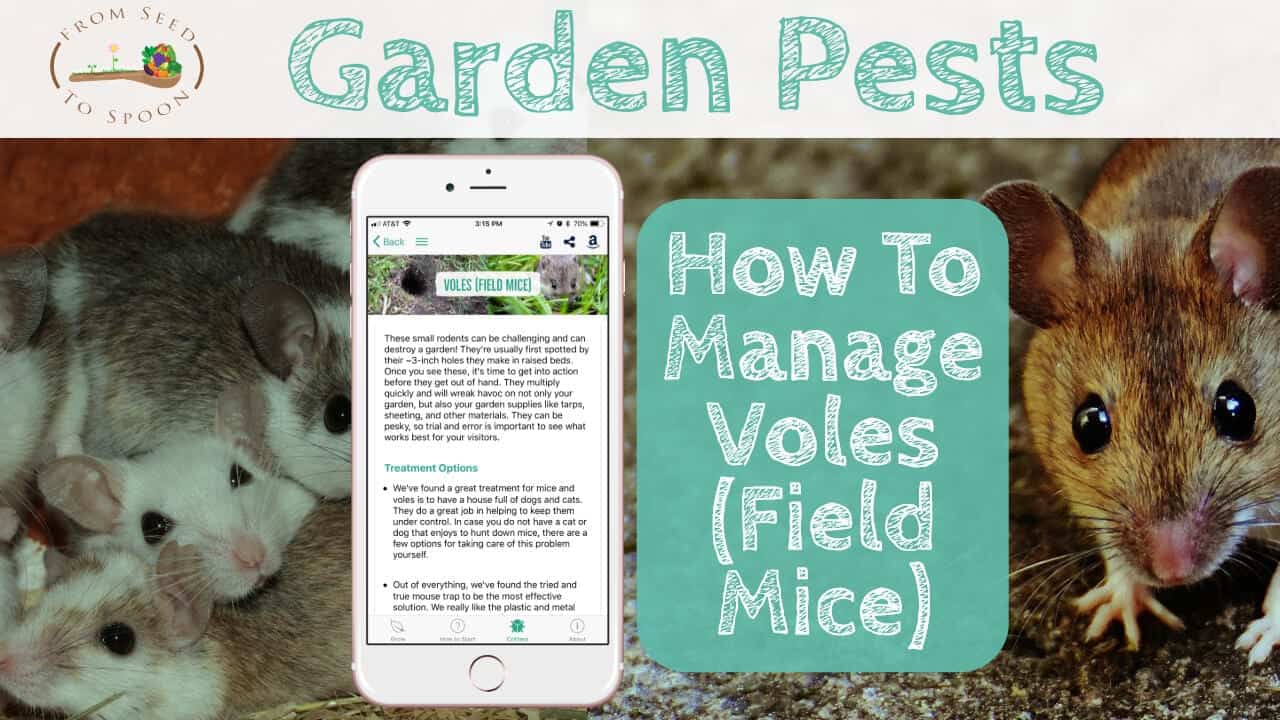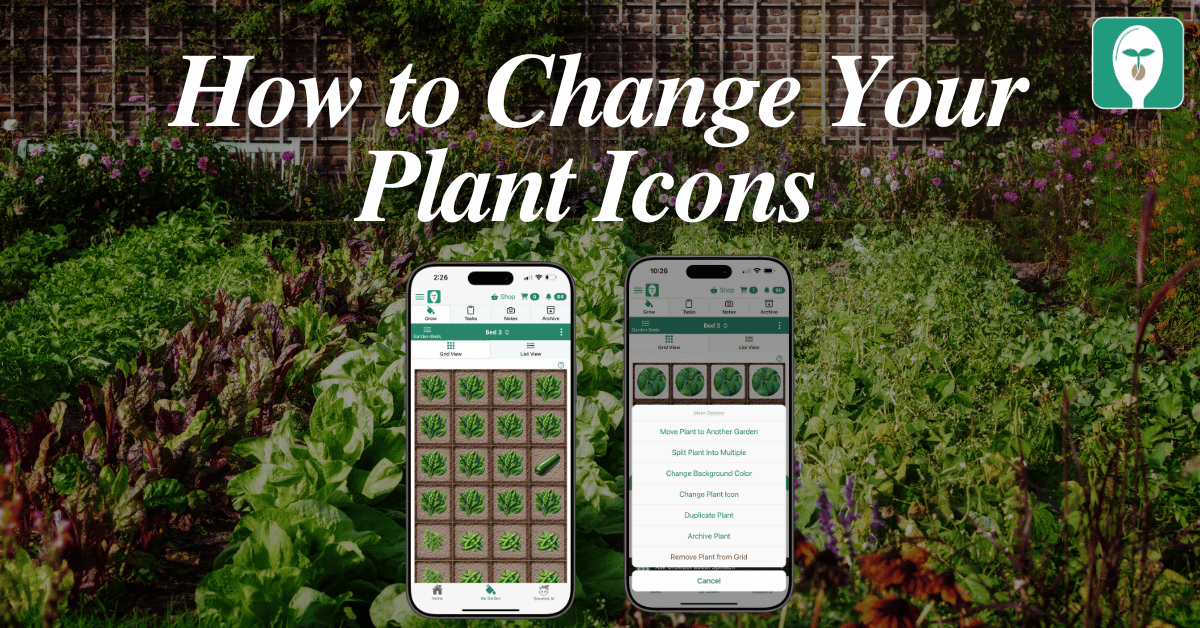Treatment Options:
- We’ve found a great treatment for mice and voles is to have a house full of dogs and cats. They do a great job in helping to keep them under control. In case you do not have a cat or dog that enjoys to hunt down mice, there are a few options for taking care of this problem yourself.
- Out of everything, we’ve found the tried and true mouse trap to be the most effective solution. We really like the plastic and metal traps found on Amazon. Simply put a little peanut butter or dog food on the trap and set it out near active spots. There are also electric ones that make it things much easier!
- There are ultrasonic pest repellers that you can place in the ground that send vibrations out to scare the mice away and out of your garden.
- Stationing a fake owl around the garden can also be helpful to scare away field mice. Be sure to move the owl around, or they might figure out your trick!
Plants to Watch:
- Voles will attack anything in your garden, but common plants of problems include:
Learn more about growing over 80 different foods, including how to manage various pests in our FREE iOS and Android mobile app!


Carrie Spoonemore, co-founder of “From Seed to Spoon,” stands as a beacon of inspiration for gardeners and health enthusiasts alike. Her journey alongside her husband, Dale Spoonemore, in creating a platform that demystifies gardening and promotes a healthier lifestyle, has made a significant impact on individuals around the globe. Through the “From Seed to Spoon” app, Carrie has dedicated herself to empowering people to take control of their health and environment by growing their own food.
With a profound belief in the power of gardening to improve mental and physical health, Carrie’s contributions to the Seed to Spoon blog reflect her holistic approach to wellness. Her articles often focus on the nutritional benefits of homegrown fruits and vegetables, organic gardening practices, and the mental health benefits of spending time in nature. Carrie’s expertise in health science shines through in her detailed discussions on how specific plants can contribute to a balanced diet and overall well-being.
Carrie’s passion for gardening is deeply intertwined with her commitment to family and community wellness. She frequently shares personal stories of how gardening has brought her family closer together, offering practical tips for involving children in gardening activities and making it a fun, educational experience. Her writing encourages families to explore gardening as a means of spending quality time together while learning about nature and sustainability.
In addition to gardening advice, Carrie’s contributions to the blog include insights into the use of technology to enhance the gardening experience. She has played a crucial role in designing the “From Seed to Spoon” app to be user-friendly, ensuring that users of all ages and backgrounds can navigate the complexities of gardening with ease. Her vision for the app is not just as a gardening tool but as a vehicle for change, inspiring individuals to adopt a more sustainable lifestyle by growing their own food.
Carrie Spoonemore’s presence on the blog is marked by her compassionate approach to teaching and her unwavering belief in the transformative power of gardening. Her work continues to inspire a community of gardeners to pursue a healthier, more sustainable way of living, proving that with the right tools and knowledge, anyone can become a gardener and advocate for their health and the planet.








2 thoughts on “Garden Pests: How to Manage Voles (Field Mice) in Your Garden”
I would normally laugh at this, but voles just recently arrived in one of the new landscapes. They are rare here, but when they show up, they are numerous. They typically leave on their own within the same year. I mean, they show up, proliferate, do their damage, and then leave as quickly as they arrived! This time, I must put a bit of effort into encouraging them to leave because they are in a landscape where the damage is visible. We have not tried the fake owls yet, or the traps. We just applied repellent, but I am concerned that they will just move into another landscape.